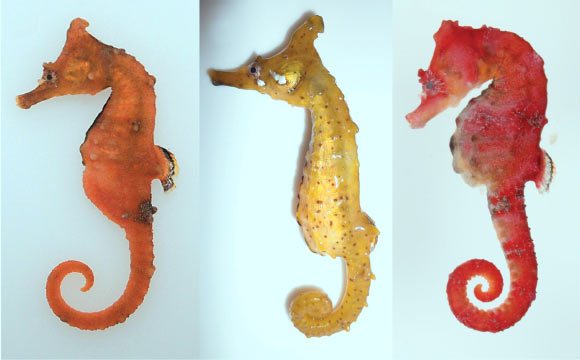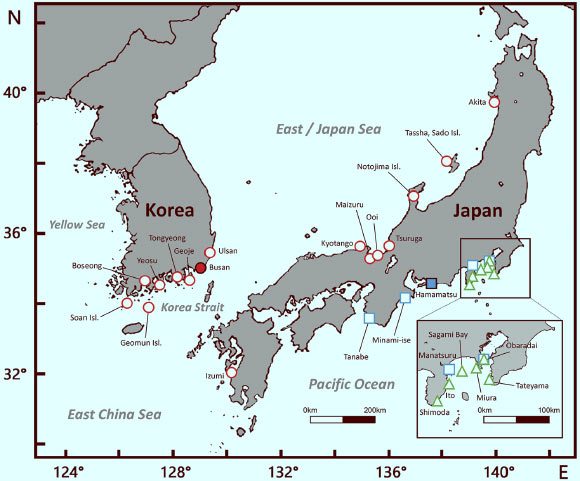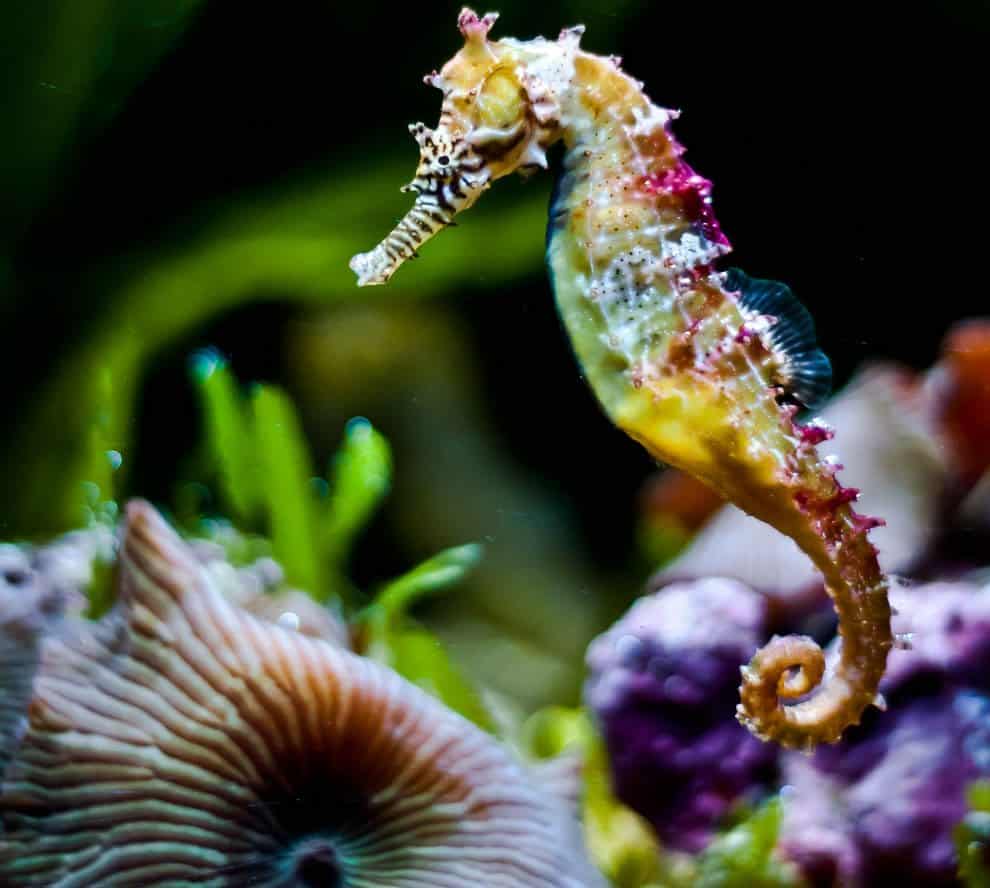Hippocampus haema, a New Species of Seahorse
Seahorses are intriguing little creatures. They bob and drift in water, awkwardly swimming while constantly eating. They look sort of like horses, and really nothing at all like fish. And now, it looks like we have a new species of Seahorse.
Hippocampus haema is a new species of crowned seahorse from the northwest Pacific Ocean around Korea and Japan. The poster child for the crowned seahorses is Hippocampus coronatus, recognized by its pronounced and tall head crown or horn.
“This new species can be found along the southern and southeastern coasts of the Korean Peninsula (from Soan Island to Ulsan),
” said Dr. Jin-Koo Kim of Pukyong National University and co-authors.“It can also be found along the western coast of Kyushu (western Kagoshima Prefecture) and the northwestern coast of Honshu (from Kyoto Prefecture to Akita Prefecture).”

Once thought to range from Korea to western and southern Japan, it turns out that the seahorses found in Korea and western coast of Japan are actually a different species. Hipocampus haema, the ‘Korean Seahorse’ has no overlapping range with H. coronatus so that’s one way to know which horsey you’re dealing with.
The new species is named Hippocampus haema, where ‘haema’ is the Korean word for ‘Seahorse’. It has 10 body segments plus 35-38 tail segments, double gill-openings and a high, backwards-swept crown, and is highly variable on colour, with observed individuals being black, white, orange, yellow, magenta, claret, brown, or grey with black, red, or white stripes. The smallest sexually mature male specimen found measures 59.3 mm in length, the largest specimen found measured 100.3 mm. The species was found along the southern and southeastern coasts of the Korean Peninsula, the western coast of Kyushu and northwestern coast of Honshu, in floating Sargassum and weeds on shallow soft bottom habitats, at depths of up to 18 m.

The evidence for the distinct seahorse species in the northern Pacific Ocean is outlined in the journal ZooKeys.























